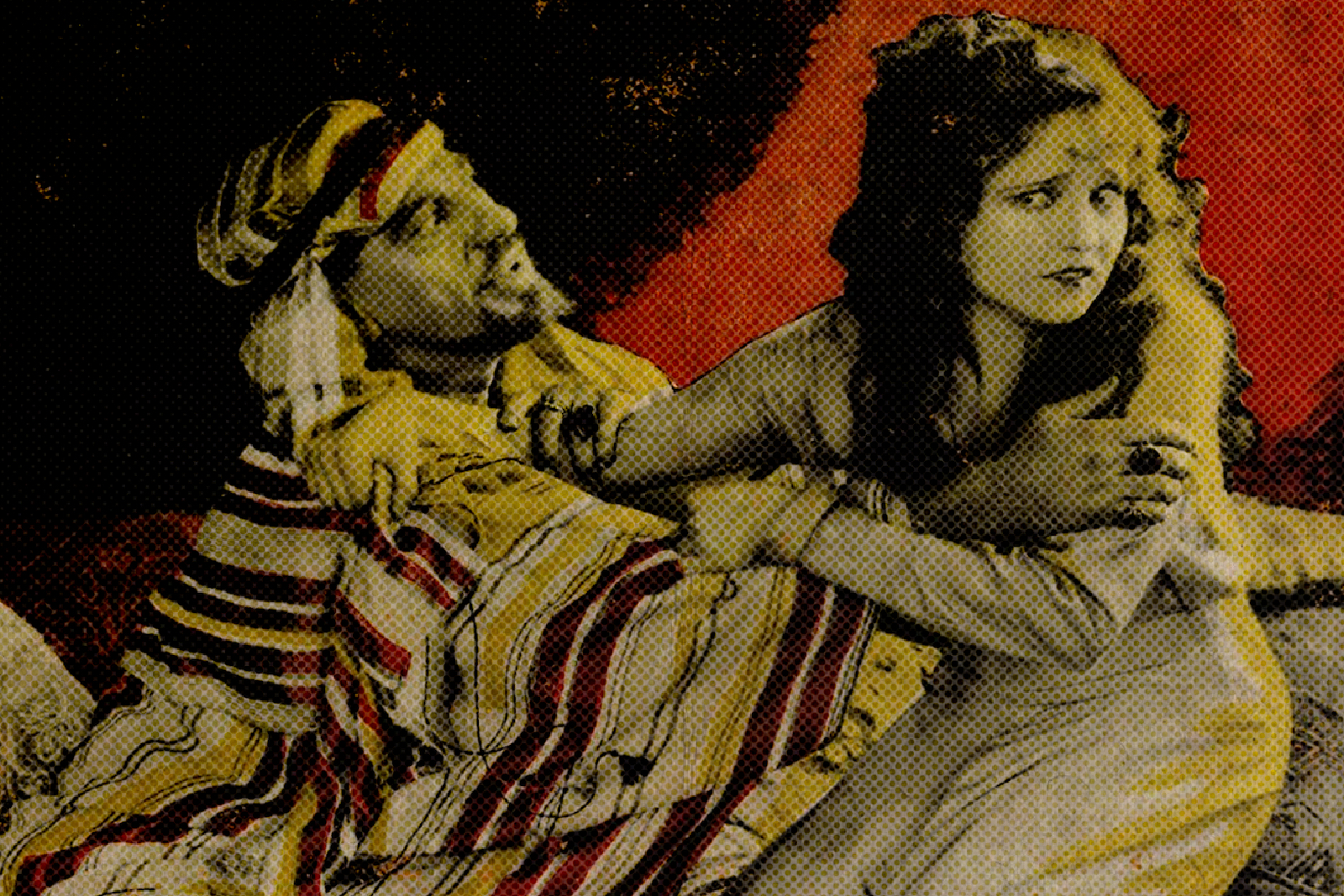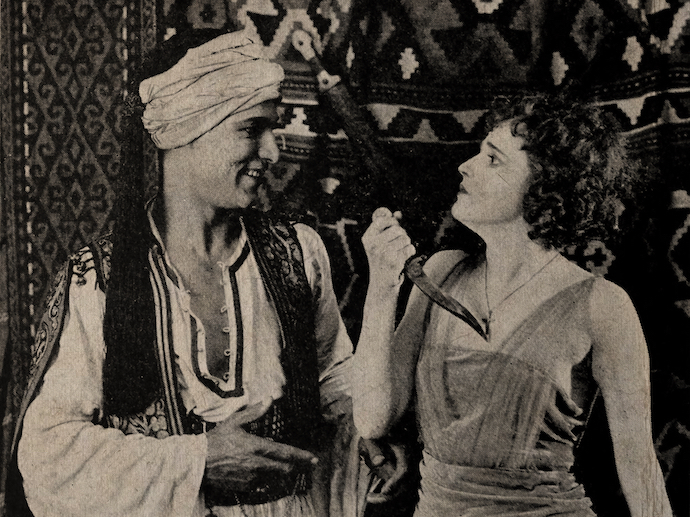
Culture
Guy Ritchie’s ‘The Covenant’ Tries to Buck Lazy Muslim Tropes.
When I first saw the trailer for Guy Ritchie’s The Covenant, I concluded that this would be the latest in a long line of anti-Arab films to come out of Hollywood. Judging by the trailer, I noticed that the one ‘good’ Muslim in this movie was an interpreter for the U.S. Army and all the ‘bad’ Muslims were young men with keffiyehs wrapped around their faces. Given Hollywood’s track record for depicting Arabs and Muslims on-screen, I was quick to judge this movie by its trailer, but then I saw the actual movie and my opinion of the film changed dramatically.
Early in the film, we see John Kinley (Jake Gyllenhaal) along with several other soldiers at a checkpoint when an Afghan man in a truck comes by before a Pashto-speaking soldier asks the driver to get out of the truck. The driver refuses before accusing the Pashto-speaking soldier of siding with the infidels and as soon as the driver gets out of the truck, the truck explodes.
Soon after, we’re introduced to Ahmed (Dar Salim), an Afghan interpreter whose son was murdered by the Taliban, but Gyllenhaal’s Kinley doesn’t trust Ahmed at first, especially when they go to interrogate a Taliban fighter about the location of IED factories. Ahmed offers the suspect cash in exchange for information, something that doesn’t sit well with Kinley, and they eventually find the location of the IED factories.
As the film progresses, Kinley grows to trust Ahmed, and about halfway through the movie, Kinley’s unit is ambushed by the Taliban and he and Ahmed are the only survivors. But Kinley is seriously injured so Ahmed drags him 62 miles across Taliban territory to safety, with the help of some Afghans. Ahmed gives Kinley some opium to smoke in order to treat his pain before exchanging his truck for a cart and hauling him back to base camp. Kinley is flown back to his home in California, but decides to return to Afghanistan as a civilian since Ahmed and his family were promised visas and did not get them and Kinley feels that he owes his life to Ahmed.
While I liked the fact that this film had more good Muslim characters than previous films featuring the U.S. military, the film still had a lot of problematic elements, such as the fact that the Taliban fighters were all one-dimensional stereotypes. We never learned anything about the Taliban fighters throughout the movie or why they fight for the Taliban in the first place, and we weren’t shown the atrocities committed by U.S. soldiers.
The film also never tells us how the Taliban came to exist in the first place, which happened after the U.S., Saudi Arabia, and Pakistan armed, trained, and funded the Afghan Mujahideen when the Soviets invaded Afghanistan in 1979. After the Soviet-backed regime in Afghanistan fell in 1992, a civil war ensued between the different factions of the Mujahideen over who would control Afghanistan. Eventually, in 1996, the Taliban, which was formed in 1994 as a group of students who supported the Mujahideen, won out before taking control of Kabul.

The Taliban would come to rule over three-quarters of Afghanistan between 1996 and 2001 before being toppled by the United States and its allies, while the rest of the country was ruled by the U.S.-backed Northern Alliance and when the U.S. withdrew in 2021, the Taliban would come to control the entirety of Afghanistan. As noted at the end of the film, after the Taliban regained power in 2021, over 300 Afghan interpreters were killed and thousands more are currently in hiding awaiting their promised visas.
I did see a slight improvement when it came to its portrayal of Afghan women. The Afghan women in this movie had more variety in their clothing than in previous films as some of the women wore the blue burqa while others wore the hijab and abaya, and a few wore the hijab with Western clothes. While still problematic, it was an improvement over previous movies set in Afghanistan and the Middle East as Hollywood frequently depicts Muslim women as either burqa-clad or very one-dimensional characters.
Even before the events on September 11, 2001, Arabs and Muslims have been portrayed horribly on-screen since the release of The Sheik, a silent film, in 1921. According to Jack G. Shaheen, author of Reel Bad Arabs: How Hollywood Vilifies a People, between 1896 and 2000, Hollywood made approximately 1,000 movies that in some way or another dealt with the Islamic faith and of these movies, only 12 were positive depictions, 52 were neutral, and 936 had negative depictions. When it comes to negative depictions, the most common stereotype usually involves some variation of an oil billionaire, a terrorist, or a women wearing a burqa.
As a Muslim revert who has been interested in Islam and the Middle East since high school, my final thoughts on Guy Ritchie’s The Covenant are mixed. While I do believe it to be a significant improvement over films such as American Sniper, Zero Dark Thirty, and Argo, it still features problematic elements and perpetuates the idea that the only good Muslims are ones that serve U.S. interests and that every other Muslim is out to harm Westerners. However, I am very optimistic about the future, especially after the release of Netflix’s Farha, and I believe that with the next generation of filmmakers, these stereotypes will fade, and more positive on-screen portrayals of Arabs and Muslims will become commonplace.
